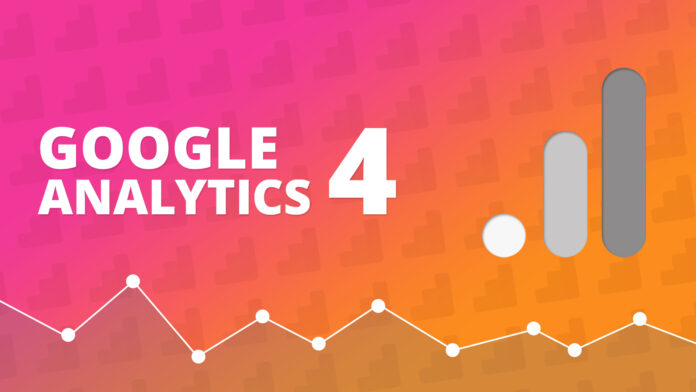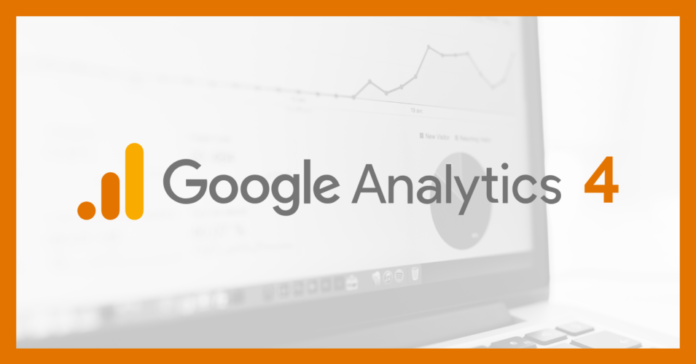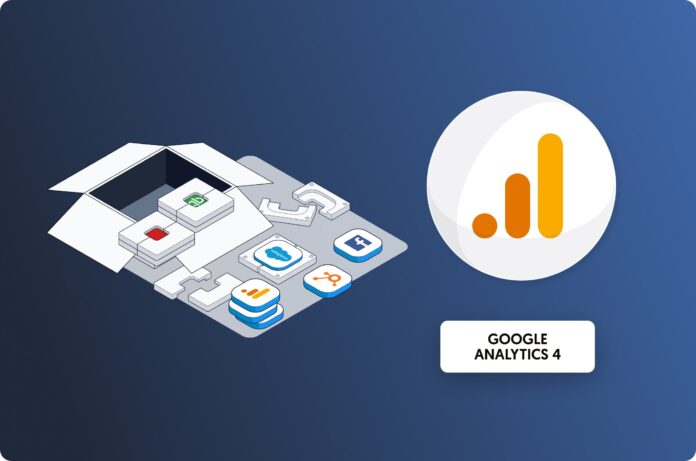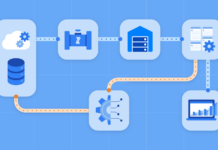Google Analytics 4 is a new AI technology that helps website owners and managers to measure website and app traffic in a more efficient and accurate way. It has a variety of detailed reports including the regular reports in Universal Analytics and more. Google Analytics 4 is also referred to as GA4.
If you check the web right now, every SEO expert is racing against time to learn more about this new analytics tool and migrate to start using it before standard Universal Analytics stops processing data at the dawn of July 2024.
Therefore, what you and your team need most is GA4 training on how to migrate. Most likely, you may not have interacted with GA4 before, but if you are ready to switch, then this article is for you.
Introduction to GA4 Training

According to Google, Universal Analytics will be replaced by a next-generation analytics tool with more power, accuracy, and detailed reports on website and app activities. If you are SEO oriented, then you need to embrace this as soon as possible by going through GA4 training.
Google also says that from March 2024, it will start creating GA4 for Universal Analytics users based on their current settings. However, they will allow you to continue collecting data using the previous tools until July. After that, users can only access the previous data, and GA4 will be effective.
Why Is GA4 Training Important for Beginners?

Google Analytics 4 has been around since 2020, but many users are still using Universal Analytics, which existed before that. Google intends to have all users embrace this next-generation analytics tool from the middle of this year. Therefore, there is a need for users to start GA4 training on how to migrate and use this tool. The training is important to understand the following points.
To know how to migrate to GA4
The process of migrating from Universal Analytics is easy when you know the steps. They are covered by all trainers including the official Google platforms. Now that we have mentioned this process, we will go through what every GA4 training course takes you through, assuming that you are already using Universal Analytics.
- Open your analytics account and create a new GA4 property. Fill in the other details such as the name, currency, time zone, business details, and others.
- Create the data stream sources and parameters such as the web or iOS and Android apps. You will see this detail in the property column. If you are totally new to Google Analytics, take your time or use a GA4 training professional to take you through it.
- This step is important because it allows you to set web page data collection. You may need the G-ID for websites that are applicable such as Google Sites, WordPress, Woo-Commerce, or any other CMS. In some cases, you can use an HTML tag manually in the appropriate fields. When all is set, you can move to the next step.
- This next step lets you start Google signals, which are used for reporting and marketing purposes. In fact, every GA4 training expert will tell you that activating these signals is one of the most important steps if you will be using Google Ads. The process is simple and straightforward just like all the others.
- Google Ads linking is another step to set up. According to digital marketing and analytics experts, you can use your old links or create new ones depending on your preference. Actually, this is where the real migration starts as the Universal Analytics parameters and data will start overlapping.
- You can now map previous events to the new GA4. This parallel entry is better facilitated through dual tagging, which will ensure that both analytics are running and collecting the same data. Your new GA4 will make the old data accessible from now on, which will be named historical data.
- When that is done, it is time to migrate your previous conversions and marketing goals to your new GA4 property. Every GA4 training will dwell on this step, and there are detailed guides by Google and other experts in analytics on this. Since you are new to this process, you can take advantage of GA4 training from an expert or let them help you migrate your conversions and goals.
- Migrating the audience should also be done as an important step. It involves moving your potential audience so that you can continue working on the best strategies to reach them, convert them, and maintain them in your business.
- Validating everything such as conversions and bids in Google is also an essential step for a successful migration.
To track both your web and app activity
Unlike Universal Analytics, GA4 has better tracking of your digital marketing activities across the web and apps. Therefore, GA4 training is important so that newbies can understand how it tracks data both on the web and in apps.
Now that you know how to migrate and have done it, you can access all data on your phone apps to manage marketing strategies and other business operations on the go. You can also get detailed reports of your web activities when you get back in the office. This is why you should not miss the training offered by the Google team and other analytics experts out there.
To have a strategic approach

The GA4 tools are more powerful and provide detailed reports across both the web and mobile apps, which gives the users accurate data to make strategic decisions. In the coming days, businesses will face high competition, especially if they operate online and need to plan better, differentiate the products well, and win more customers to survive. With GA4 training, you will utilize the tools appropriately to stand out among others.
Final Words
As you can see, there are numerous reasons to take GA4 training and, in fact, migrate your analytics immediately if you haven’t. Fortunately, the training covers all this and will prepare you to migrate and utilize this amazing tool. As mentioned, you can train through the Google team or trusted analytics experts.









